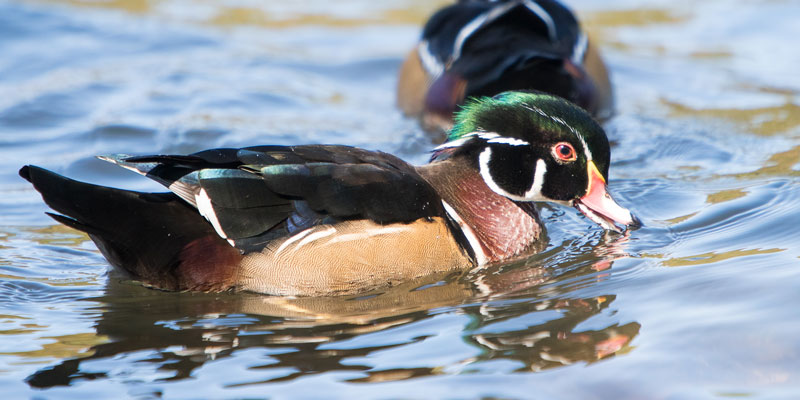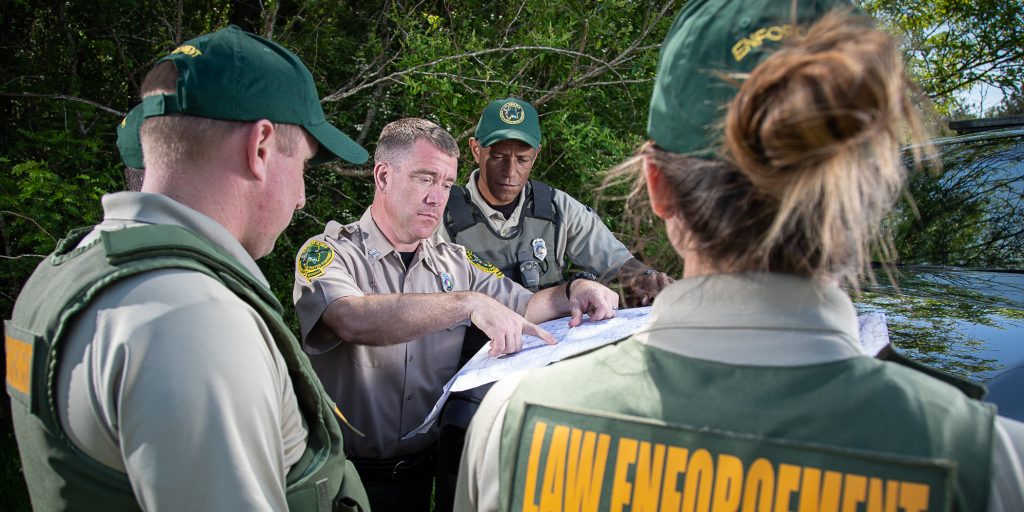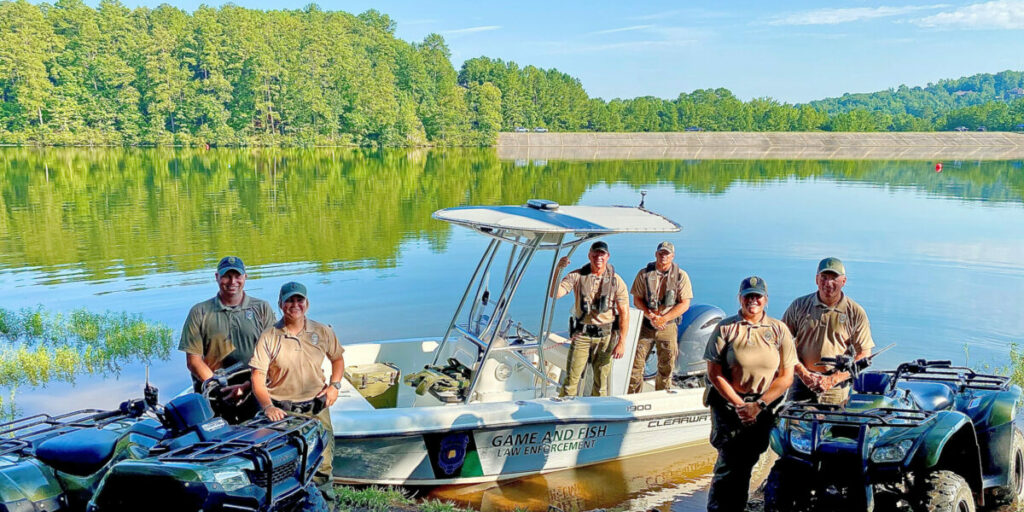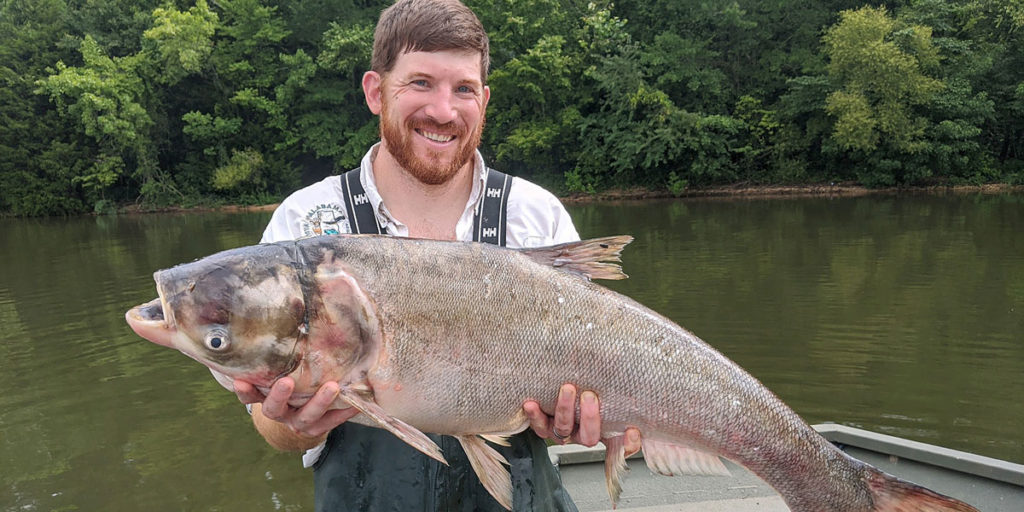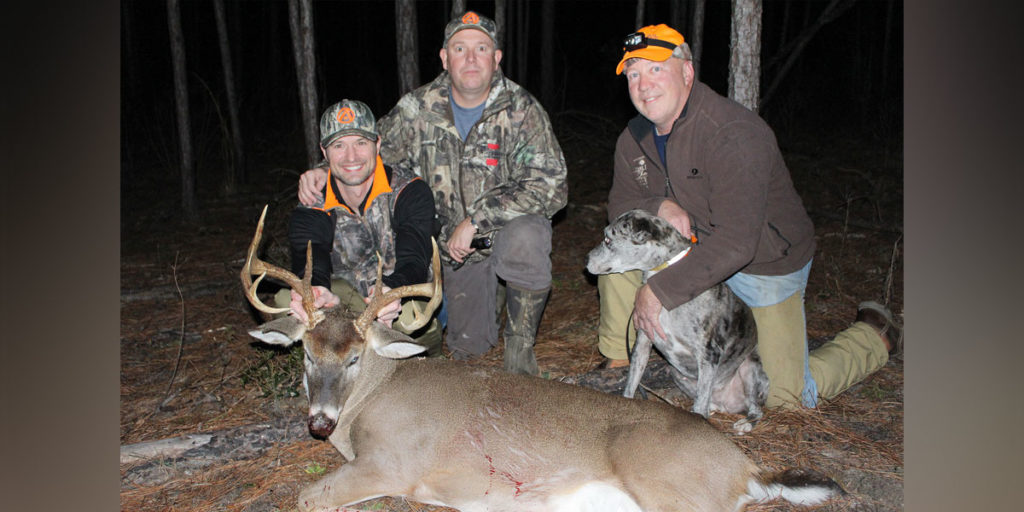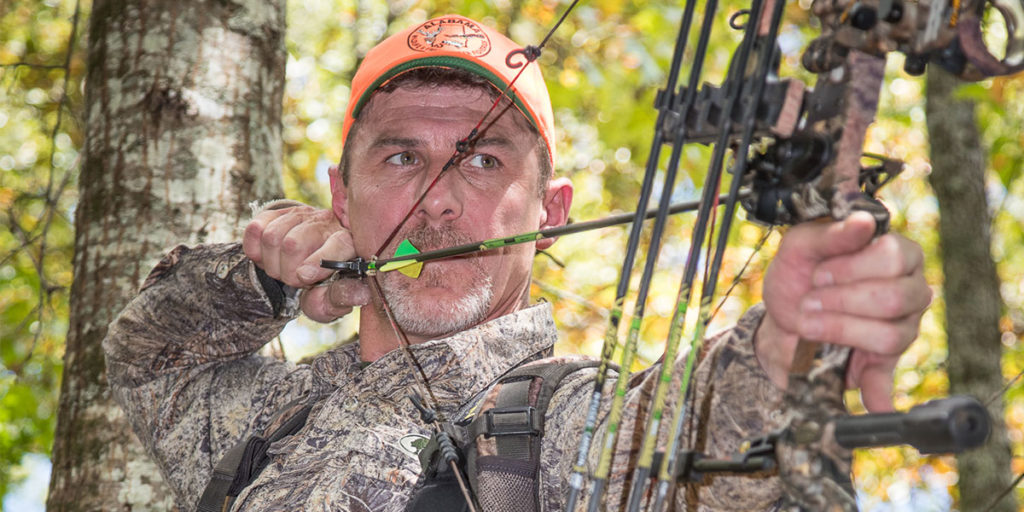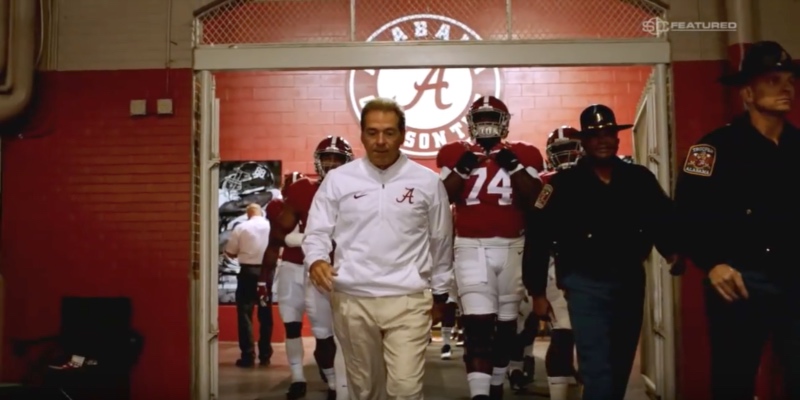In the waterfowl world, Alabama’s most abundant species, the wood duck, is not known for migrating long distances.
It turns out, the wood duck migration patterns follow a “boy meets girl” scenario. Boy meets girl; girl flies home; boy follows.
When the Minnesota waterfowl season opened, four wood ducks that were banded in Alabama were harvested more than 1,000 miles from home.
Seth Maddox, the Alabama Wildlife and Freshwater Fisheries (WFF) Division’s Migratory Bird Coordinator, said one of the birds harvested in Minnesota was 6 years old, banded in 2014 as a hatch-year male. The other three were banded in recent years.
“What is interesting in our data is that our males, especially juvenile males, will pair up with migrant females and follow them back to their natal nesting ground,” Maddox said. “Our females tend to hang around where they were hatched. Whatever female a male pairs up with, he follows her.”
Alabama has been banding wood ducks since 1956. During that time, WFF has banded about 28,000 wood ducks. The band recovery rate is about 7.7 percent, which may seem low, but Maddox said that is about the national average for all banded waterfowl.
“We have recovered a little more than 2,100 bands,” Maddox said. “If you look at waterfowl overall, the band recovery is between four and five percent. Some birds are smarter than others, and others die before they are harvested. Recovery rate is pretty low for most species. About 50 percent of the wood duck bands are recovered in Alabama.”
Although the aforementioned birds traveled as far as Minnesota, Maddox said most wood ducks don’t make such a long journey.
“The states next to or near us harvest more than any other states,” he said. “We do get a good bit of band recovery in Georgia, South Carolina, Tennessee, Louisiana and Mississippi.”
While it’s fairly rare to have bands recovered as far away as Minnesota, Maddox said bands have been recovered in 30 different states since the program’s inception.
“We’ve had bands recovered from Maine to Florida, in Texas, North Dakota and three Canadian provinces – Manitoba, Ontario and Quebec,” he said. “More males are harvested out of state, which goes back to our males pairing up with migrant females. The males likely get killed near where the female is from or on the way back south during the next winter.”
Getting a firm count on the wood duck population is difficult for waterfowl managers because of the bird’s habitat preferences.
“We can’t count wood ducks from a plane like we do with other species,” Maddox said. “Wood ducks live in beaver swamps and wetlands. That’s why we have a banding program, so we can track harvest rates and survival and look at age ratios. With this data, we can assess what the population is doing so we can set seasons and bag limits because we can’t count them from the air.”
WFF’s banding work is conducted during the heat of the summer. Maddox said biologists look for a suitable clear spot on the edge of a pond or river. The ducks are baited with grain, and game cameras are erected to monitor the activity at the bait site over a two-week period.
A 30-foot by 60-foot rocket net is then set up and fired when the ducks congregate at the bait site. WFF officials remove the ducks as quickly as possible from the net and put them in crates before they start banding the birds.
“Our banding runs from July until the end of September each year,” Maddox said. “It’s a hot job, but it provides significant data. We age and sex the birds before we band them. We’re getting different ages because wood ducks in Alabama will nest up to three times a year. We’re getting adult males, adult females and three different ages of hatch-year birds.”
Maddox said mature wood duck hens will nest in February or March. The clutch of eggs will hatch in about 30 days.
“It takes about 45 days for those juveniles to fledge out and reach flight stage,” he said. “Then the hen will let that first clutch go, and she’s back on the nest.”
After WFF is finished with the banding efforts each September, the data is sent to the U.S. Geological Survey’s (USGS) Bird Banding Laboratory.
When hunters harvest a banded bird, the information should be reported to www.reportband.gov and it will enter the USGS’s band repository. The hunter will then receive a certificate of appreciation and information on where the bird was banded. WFF will receive a report from the USGS about where the bird was harvested.
“Overall, mallards are the most banded waterfowl species,” Maddox said. “You’re most likely to kill a banded mallard. Second most likely would be a banded wood duck.”
Alabama hunters will again have a daily bag limit of 6 ducks for the 2020-2021 season. That daily bag limit may include no more than 3 wood ducks, 4 mallards (no more than 2 of which may be females), 1 mottled duck, 2 black ducks, 1 pintail, 2 canvasbacks, 1 scaup, and 2 redheads. The daily bag limit for coots is 15 per day. The daily bag limit for mergansers is 5, only 2 of which can be hooded mergansers. The aggregate bag limit of 5 dark geese (Canada, White-Fronted and Brant) shall not include more than 3 Canada geese or 1 Brant. For light geese (Snow, Blue, Ross’s) the aggregate bag limit is 5. Possession limit is three times the daily bag limit.
Regular season dates for ducks, coots, mergansers and geese are November 27-28, 2020, and December 5-January 31, 2021. The Youth, Veterans and Active Duty Military Special Waterfowl Days are set for November 21, 2020, and February 6, 2021.
“Habitat conditions are looking good,” Maddox said. “It’s been a fairly wet spring and summer for us. There should be lots of water on the landscape and lots of food available. The hatch should have been good this year, so I think we’ll see plenty of wood ducks on Black Friday when the season opens this year.”
With the help of Ducks Unlimited (DU), Maddox said WFF is in the middle of a huge waterfowl habitat enhancement effort.
“This is the biggest undertaking of waterfowl projects the state’s ever done,” he said. “We started in 2019 and put together a list of 15 projects across the state. We’re going to put a little more than $1 million into habitat and restoration work on the wetland landscape in Alabama, from the Tennessee Valley all the way to the Mobile-Tensaw Delta. A lot of the projects involve replacing or restoring the water control infrastructure on some of our WMAs (wildlife management areas). We will restore some habitats that have been degraded over the years and putting that back in higher productivity for waterfowl. We will create a couple of new SOAs (Special Opportunity Areas) that will be available for limited-quota hunts for waterfowl in the future in Jackson County and Dallas County.”
Maddox said new pumps and water control gates are being installed at the Jackson County waterfowl area. New water control structures and levees are also under construction at the David K. Nelson WMA near Demopolis.
Survey work will be conducted for the projects that will begin next year at Swan Creek, Swan Creek Greentree Reservoir and in the Mobile-Tensaw Delta. The work includes replacing dilapidated water control structures as well as aerial spraying of herbicides in the Delta to control non-native invasive species like Chinese tallow (popcorn) trees and giant cut grass to restore historical open wetlands.
“DU has assisted us with previous projects and is a long-term cooperative partner in conservation,” Maddox said. “In addition, a lot of this would not be possible if hunters weren’t purchasing state duck stamps over the years. We don’t get any General Fund tax dollars, so all of this work is paid for through license sales, duck stamps, Pittman-Robertson Wildlife Restoration funds and partners like DU.”
“It’s good to see work being put on the ground through the use of these funds for the future of waterfowl in Alabama and waterfowl hunters across the state.”
David Rainer is an award-winning writer who has covered Alabama’s great outdoors for 25 years. The former outdoors editor at the Mobile Press-Register, he writes for Outdoor Alabama, the website of the Alabama Department of Conservation and Natural Resources.




